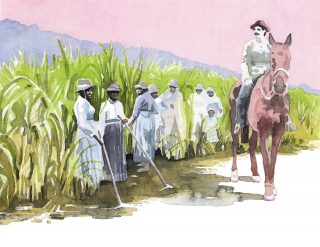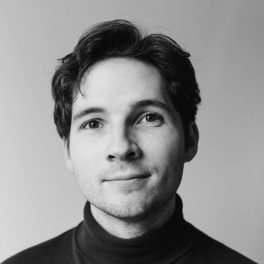
Walter Marsh
Walter is a writer and editor living on Kaurna Country.
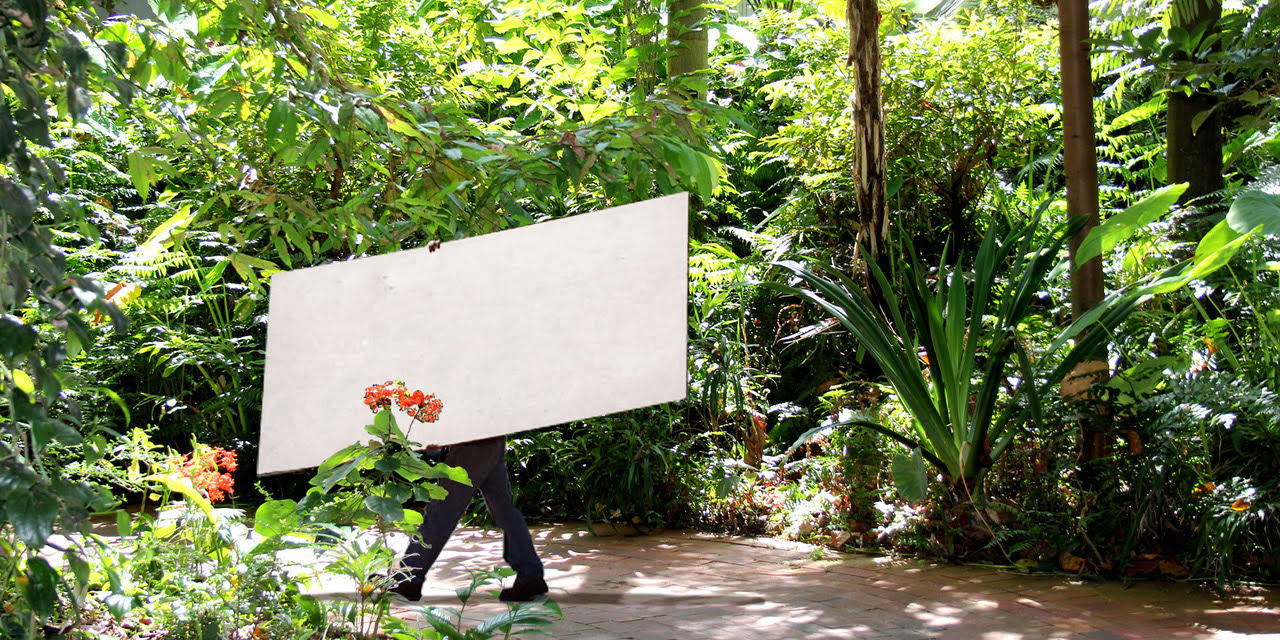
A new festival designed to coax South Australians away from their COVID couch-grooves and into the outdoors has revealed its visual arts lineup.
Announced in September, the inaugural Nature Festival will follow a festival model familiar to Fringe organisers – an open-access festival of the open-air, if you will. In addition to supporting and promoting the myriad independent events that will form the bulk of its program, festival organisers have also taken the lead with a curated visual arts lineup that includes commissioned work and activations from a series of locally-based artists.
“Art outside in our public spaces has a long history of serving communities and telling narratives of the people,” curator Amber Cronin explains. “Art is too important to just remain inside a gallery and it is exciting to be including it in the context of this festival giving art life, action and having a focus on ephemeral experiences of art over monuments which give our audiences a rich experience of what art – and nature – can be in their everyday lives.
“The festival program is intended to highlight our relationship to nature through events and activities that frame that connection. As South Australians we are surrounded by incredibly beautiful natural spaces, hopefully these events reframe nature as something that we are a part of more deeply as part of our everyday – not just the beauty that we visit outside our urban spaces.”
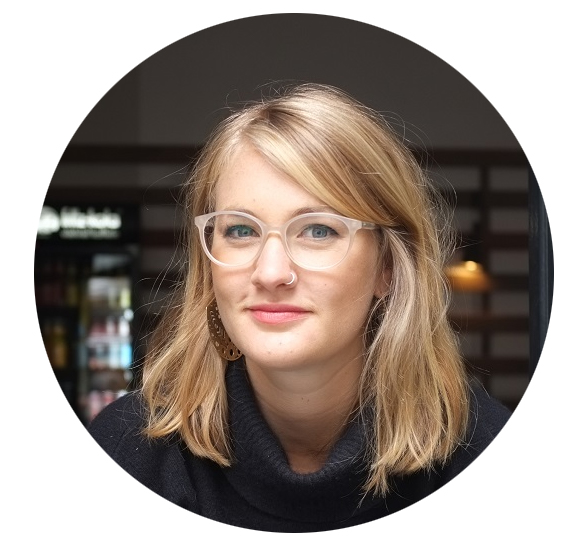
“Art has always been adaptable and responsive, and I believe that art could be something that leads us to be in community together in new ways.”
To complement the broader festival program, Cronin reached out to a handful of local artists for whom the interface between art and outdoor space is already front and centre. “We have deliberately chosen artists that already have projects and practice that expands beyond traditional art spaces and work with audience,” she says. “We chose artists who engage with community in relational ways and some artists who are like mediators between nature and community.
“Peter Drew, Laura Wills and Louise Flaherty all are working within urban public spaces and through their workshop talking about our relationship with nature outside of the city through memory and remembering. Paul Gazzola, Kelly Reynolds and Tom Borgas are literally reframing everyday nature experiences and giving us new ways of noticing kin and species that we cohabitate the city with – providing moments that become frames for new ways of seeing. James Tylor and Jack Buckskin are sharing traditional knowledge of the land and native foods, and Post Dining are thinking about what food could be in our future.
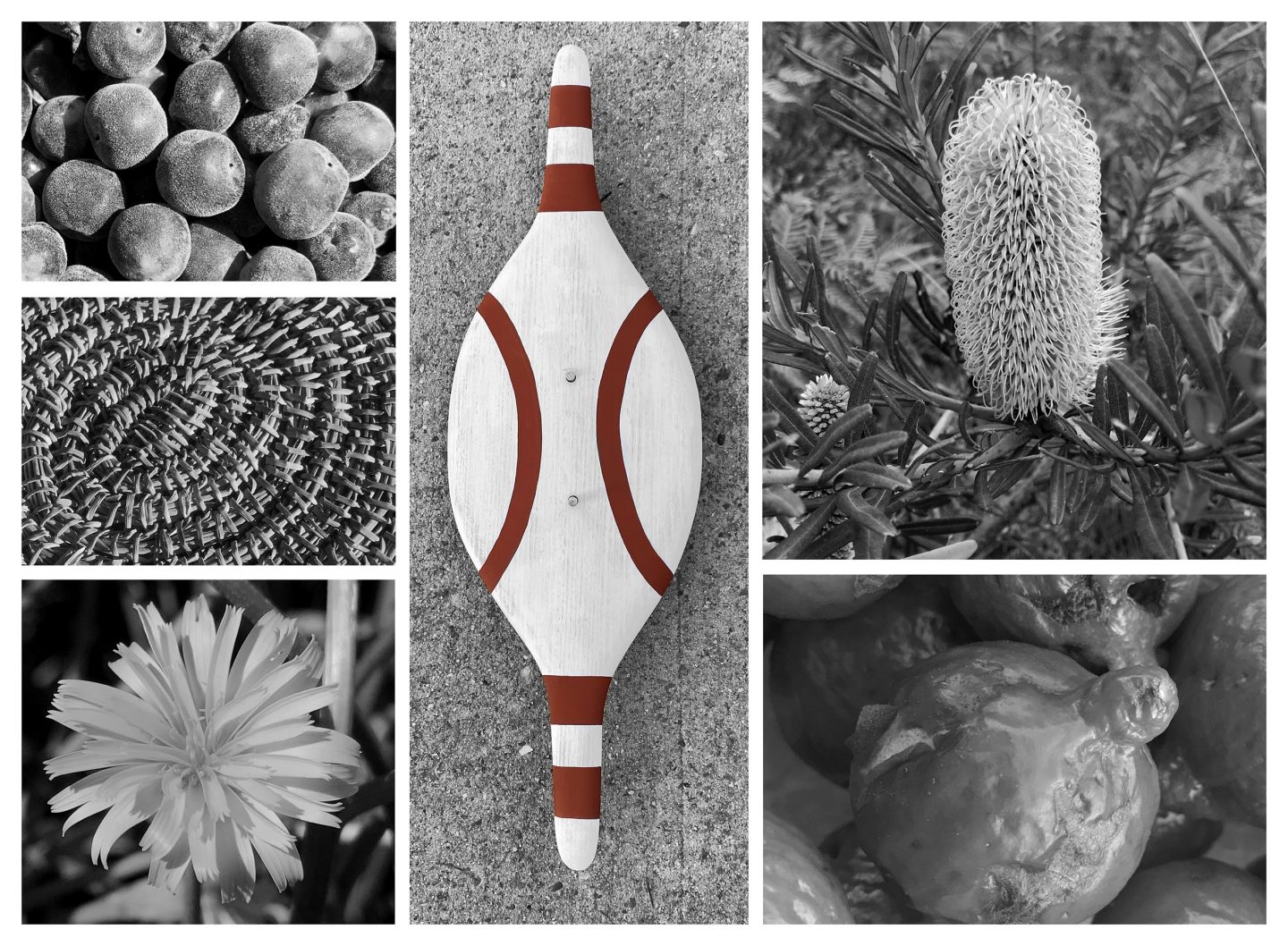
“The artists that we are working with through the festival have practices that consider nature-relationship as part of their artistic research or speak with communities as an important extension of their practice. In including arts, we hope to provide invitations for new or unusual ways of engaging with nature and thinking about the intrinsic connection that we have to our environment, with an understanding that we are not separate from nature.
Between the summer’s bushfires and more recent periods of isolation and social distancing, in 2020 South Australians are particularly aware of the how they navigate public space and nature, and its deeper meaning and value – something artists have been reflecting on in real time.
“Art has always been adaptable and responsive, and I believe that art could be something that leads us to be in community together in new ways. Through this time artists have felt like an exemplar in how to respond to precarious situations.
“I think that through this time many of us have been in relationship to nature in new ways too, planting seeds, tending garden, trying new veggies in our delivery boxes.. paying attention in new ways to our surroundings. I have felt a real turning toward and engagement with nature in this time and I hope that is something that we take forward from this period.”
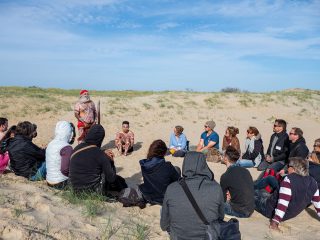

Walter is a writer and editor living on Kaurna Country.
